Urolift
BPH is a common condition which many men experience, especially when they reach their 60s.
Treatment
Procedures for the treatment of BPH have progressed throughout the years, and minimally invasive treatments have revolutionized the approach urologists take when treating BPH.
Up to 70% of men suffer from symptoms of urinary frequency and urgency, straining to pee
and urinary hesitancy. This is most often caused by a condition called BPH, or benign growth of the prostate gland. Our BUA surgeons are now able to offer patients UroLift, a new implant to treat male lower urinary tract symptoms due to benign prostatic enlargement.
Until recently, men received medication to treat BPH, and if these drugs failed or were insufficient to improve symptoms, or side-effects intolerable, men were offered surgery, namely a TURP (trans-urethral resection of the prostate).
Traditional Treatment of BPH – Medication and TURP
The surgery involves cutting away the prostate to open up the prostatic channel. This remains the most effective treatment for many men. However, all surgical techniques involve an anaesthetic and a temporary catheter following surgery. Others also experience burning and blood in the urine.
Following surgery, 4-6 weeks recovery time is normally required before returning to work, depending on occupation. There is also a very high chance of permanent dry orgasm and a small chance of permanent urinary incontinence and impotence.
UroLift is a relatively new device invented in America. It offers a revolutionary, minimally invasive approach to treating an enlarged prostate, or BPH, that lifts or holds the enlarged prostate tissue out of the way so it no longer blocks the urethra.
Alternative treatment – UroLift
There is no cutting, heating or removal of prostate tissue.
The technique, which can be performed under a local anaesthetic, involves placing permanent implants which pull open the prostatic urethra, thereby causing an immediate opening of the urethra. It is a straightforward procedure that is performed by a specially trained urologist. The urologist places tiny implants to hold the prostate lobes apart, like open curtains on a window, to relieve compression on the urethra. This allows urine to flow normally again. Typically, patients return home the same day without a catheter. The average time to return to work or daily activities is 5 days. Also of note is that there have been no been reported incidences of dry orgasms or erection problems following the procedure. The goal of the UroLift procedure is to relieve symptoms so you can get back to your life and resume your daily activities.
Most common side effects are light blood in the urine, some pain or discomfort when urinating, some increased urge to urinate and discomfort in the pelvis that typically resolve within two to four weeks after the procedure.
There has been widespread publication of in all the leading Urological Journals and subsequent FDA approval in 2013 and NICE approval in January 2014. The published evidence showed that in men treated with UroLift, the flow rate improved by 50% (up to twice that of drugs), symptoms improved by 50% (up to 2-3 times that seen with drugs) and no sexual dysfunction occurred as a result. Currently follow-up data is published up to two years. There was no incidence of sexual dysfunction in any of the studies.
The specialists at Bristol Urology Associates were among the first to be trained in the implantation procedure the UK, and have been recognized for their continued excellence in using the UroLift System. If you would like further information and to assess whether UroLift would be suitable for you, call the BUA on 0117 9804118. Our Patient Coordinator and team would be happy to help if you have any questions, or to schedule your appointment with one of our specialists today. Urolift is just one of the treatments the BUA offer for BPH; different treatments are appropriate for different size and shape of prostate glands.





